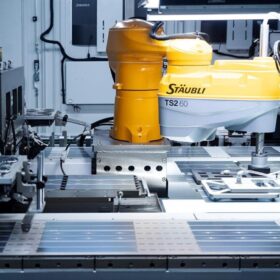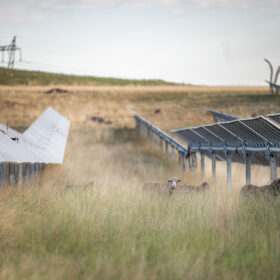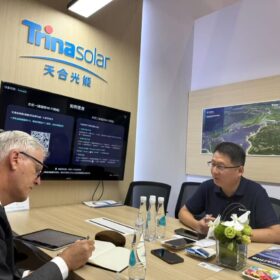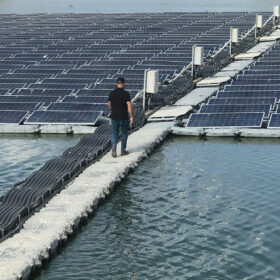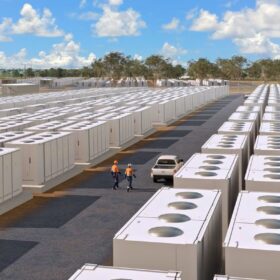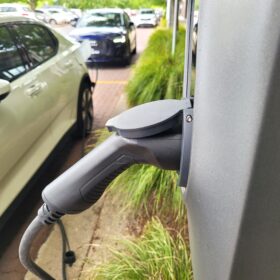Tongwei achieves 91.7% bifaciality factor for 722 W TOPCon solar module
The Chinese manufacturer said the result was confirmed by TÜV Rheinland. It was achieved through a sunken pyramid structure that reportedly achieves selective-texture on the non-electrode area of rear-side and a zebra-crossing passivation contact structure that is said to ensure excellent passivation.
Report reveals renewable energy potential of Aboriginal land holdings in NSW
A new report highlights the potential for Aboriginal land holdings in New South Wales to accelerate the state’s renewable energy transition, suggesting that strategic support could unlock more than 11 GW of solar energy or 1.6 GW of wind energy.
Brisbane battery manufacturer makes moves into US market
Queensland battery manufacturer Vaulta has partnered with American company eFinery Energy to explore the feasibility of deploying its battery systems in the United States and establishing a licensed assembly facility in that country.
NSW green bank backs energy projects with $1 billion purse
The New South Wales government’s new green bank is now open for business with an initial $1 billion In funding available to accelerate key energy projects to support the state’s shift from coal-fired power generation to renewables.
MoorPower takes next step on commercialisation journey
Australian wave power technology company Carnegie Clean Energy has secured new funding to advance the design of a commercial wave energy generation system for offshore applications, starting with the moored vessels used in the aquaculture sector.
How albedo interacts with rooftop PV system patterns
Researchers have simulated 160 cases of PV rooftop installation in southern and northern Italy. Among changing parameters were size and type of the panels, as well as their roof cover rate. The considered albedos were 20%, 40%, 60%, and 80%, representing different types of roof materials.
Stanwell exits Gladstone green hydrogen project
Queensland’s largest green hydrogen project is on the scrap heap after state government-owned Stanwell Corporation announced its withdrawal from the international consortium developing the estimated $12.5 billion production plant and pipeline.
Trinasolar targeting ‘high-value’ markets
Yang Bao, Trinasolar’s president of global sales and marketing, recently spoke with pv magazine about the company’s strategy for the solar and energy storage business.
Project to test floating PV on farm dams to save water, generate electricity
The feasibility of deploying floating solar systems on farm-based water storages to optimise water retention and generate renewable energy that could serve as an alternative income stream for landholders will be investigated as part of an Australian-first research project.
Alinta gives construction go-ahead for 250 MW battery project in South Australia
Alinta Energy has locked in construction of the first 250 MW / 1,000 MWh stage of a 500 MW, four-hour battery energy storage system planned for South Australia and appointed local construction firm GenusPlus Group as principal contractor.
